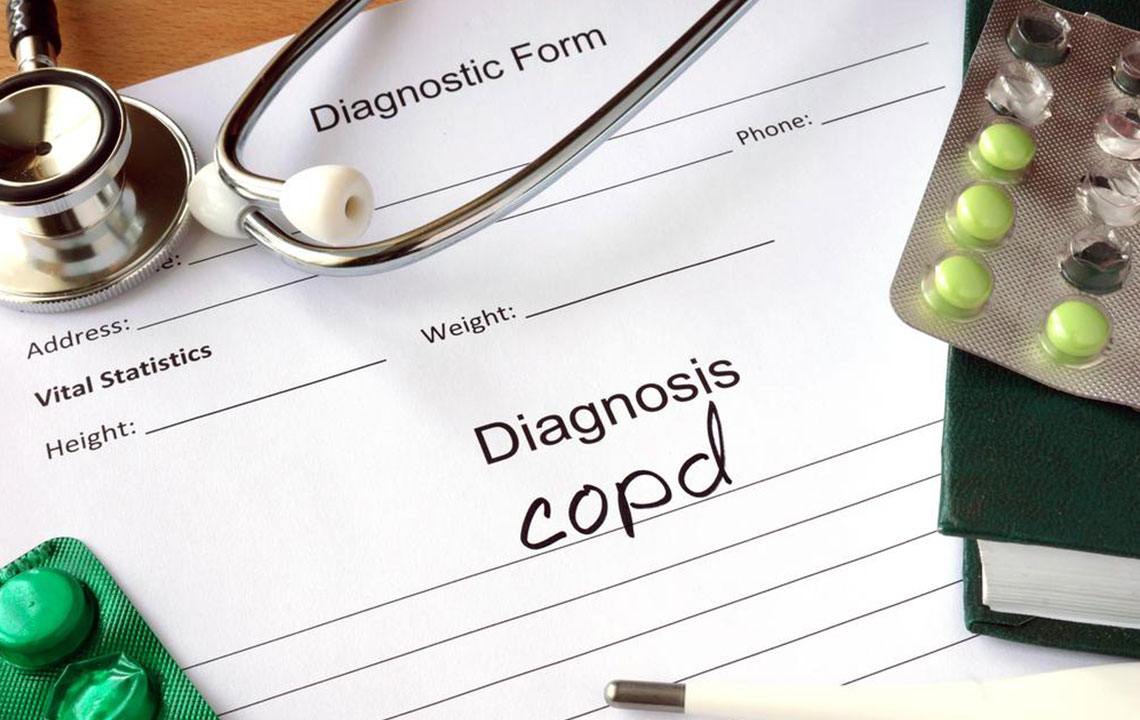Understanding COPD: Symptoms, Causes, and Disease Progression
COPD is a chronic lung condition characterized by breathlessness, coughing, and chest tightness. It develops gradually through stages from mild to severe, influenced by factors like smoking, environmental pollutants, and genetics. Early detection and tailored treatment, including lifestyle changes and emerging therapies like stem cell treatment, can improve quality of life. Regular medical monitoring helps manage symptoms and progression effectively, ensuring better health outcomes for those affected by COPD.

Understanding COPD: Symptoms, Causes, and Disease Progression
Chronic Obstructive Pulmonary Disease (COPD) encompasses a range of lung conditions including chronic bronchitis, emphysema, and certain types of asthma. It is marked by increased breathlessness and develops gradually, often with no noticeable symptoms initially. As the disease advances, symptoms become more evident. Early diagnosis is crucial; consult your doctor if symptoms like persistent cough, wheezing, or chest tightness appear. Spirometry tests help determine the stage and severity of COPD to guide appropriate treatment.
Common Symptoms: Shortness of breath, wheezing, frequent coughing, chest tightness
Risk Factors and Causes:
Prolonged exposure to cigarette smoke (active or passive)
Workplace pollutants, dust, and fumes
Genetic predispositions
Environmental pollutants and chemicals
Early detection through regular check-ups can prevent significant lung damage. Healthcare professionals utilize tools like the GOLD staging system and BODE index to assess disease severity. COPD progression is classified into stages from mild to very severe, impacting daily activities and overall health. Monitoring symptoms and lung function tests help tailor treatment plans, which may include medication, pulmonary rehabilitation, or oxygen therapy. Consider lifestyle adjustments and emerging therapies like stem cell treatment to improve lung function and quality of life for COPD patients.
Stages of COPD:
Mild (Stage 1): Often asymptomatic, individuals may experience occasional cough or minimal breathlessness.
Moderate (Stage 2): Increased mucus production and coughing, breathing problems prompting medical intervention, use of bronchodilators, and pulmonary rehab recommended.
Severe (Stage 3): Significant lung function decline, difficulty breathing, fatigue, and limitations in daily activities.
Very Severe (Stage 4): Life-threatening symptoms, low blood oxygen, potential for oxygen therapy, and risk of respiratory failure.
Regular medical assessments are essential to adjust treatments as COPD progresses. Patients should report any changes in health status promptly. Lifestyle modifications, advanced therapies, and supplements such as stem cell treatments can potentially enhance lung function and quality of life. Collaborate closely with healthcare providers to manage the disease effectively and explore all available options for better outcomes.










